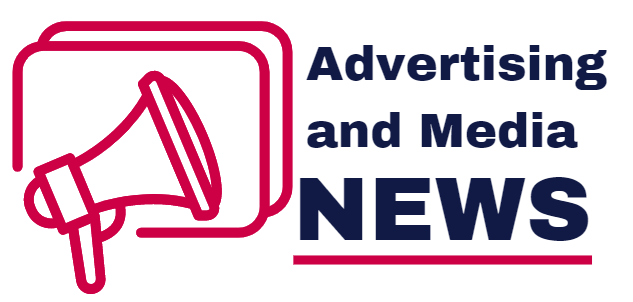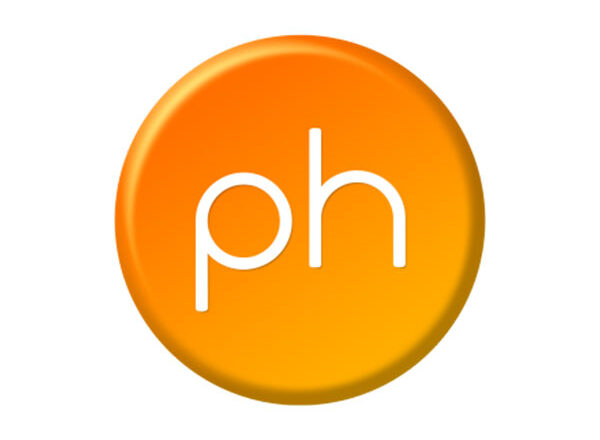Digital PR: More than SEO The modern concept of public relations (PR), was born out of the rapid rise of mass media in early 20th-century. Betsy Plank, Edward L. Bernays, and Ivy Lee were some of the pioneering practitioners to realize the advantages of using the media for accurate and truthful corporate messages. PR professionals have adapted their strategies to remain effective as the media changed over time, from print to radio to television. The goal is the same regardless of medium: elevate the client’s public standing.
Search engine optimization (SEO), as an industry, is still relatively young. It began in the early 2000s, and has grown rapidly. My first year in search engine marketing was 2007. The only PR activities that SEOs used to obtain spammy links was perhaps using a press release distribution agency. However, the goal of the SEO is to improve the client’s position in search engines [Google].
What’s Digital PR?
PR professionals have developed new strategies to help clients increase their online presence. This is called Digital PR or SEO PR. It targets outlets and other opportunities that are not available in traditional media. Many people mistakenly believe that Digital PR is a term used for link building. Although this is a useful tool, it does not take into account the whole strategy that guides a PR professional in their outreach efforts. Digital PR can not only improve a company’s SEO but also increase brand mentions.
Digital PR Tips
Traditional PR is about media relations and outreach to get coverage for clients (or organizations for in-house efforts). These outlets were traditionally mainly print publications, as well as radio and television broadcasters. Traditional media are still the main focus of digital PR, which uses proven PR techniques that have been used for generations.
The work does not stop there. Instead, digital PR professionals look for new opportunities that weren’t available ten, twenty, or thirty years ago. They also broaden their target audience beyond traditional media to include bloggers, podcasters, and other influencers. All of these outreach strategies are part of a larger PR strategy that is designed to achieve the client’s overall goals.
Link Building
To track and prioritize their outreach efforts, every PR professional creates a media list. Media opportunities can be ranked according to the audience they reach or their size. Digital PR campaigns employ the same methods but include additional online metrics, such as a link opportunity or the authority of a site, to help assess an outlet’s worth.
This strategy requires domain authority, follow or no-follow links, and body links vs. bio links to be considered. The campaign goals will determine which link is the most important. This will then influence the outlets you pursue. This often leads PR professionals to discover valuable opportunities beyond traditional media outlets.
Content Marketing
PR professionals can also use content marketing to target media opportunities. PR professionals create articles, videos, infographics, and other assets that are related to a specific topic. They offer pre-packaged content to media in the hope of getting something in return for their clients, such as a mention or link. These assets can be used for owned media channels such as email, social media and a corporate website, even if they aren’t picked-up through earned media opportunities. There is value in sharing content.
Podcasts
Podcasts have evolved from a niche product to a major media category over the past ten, fifteen years. Podcasts are becoming more popular every day. This means that there is a huge demand for content. Podcast opportunities can be leveraged in many ways by digital PR professionals.
Podcast guests can help companies reach new, large audiences. Podcasts can also offer link opportunities that can make certain shows more valuable than others. Google now indexes and features podcast content. This makes them a crucial component of any digital media list.
Events
Traditional PR professionals have been involved in events for a long time. Media outreach is usually done through interviews and profiles in trade publications. Digital PR is always looking for additional online opportunities to add value to already valuable events. There may be opportunities to work with customers or strategic partners at a tradeshow. Sometimes, it may be something as simple as filling out an online event profile. This will help with SEO and link building. A Digital PR strategy will take advantage of all avenues that can extend the duration of such short-term events.
Sponsorships
Many companies are actively looking for ways to give back to the community through partnerships with non-profit organizations. These organizations can be evaluated by digital PR professionals in a variety of ways.
- Is the organization committed to the client’s goals and values?
- Is the organization a good partner for you?
- What digital assets does the company bring to the table?
Digital PR strategies are more than just about spending money. They can be used to leverage the online components of sponsorship agreements to get maximum exposure for clients.
Unified Strategy for Everything
Digital PR is no different than what the early practitioners did many years ago. Clear and transparent messaging is key to elevating the client’s public standing. In this instance, the client’s search engine results page listing might be included in their public position. Every modern PR strategy must prioritize online opportunities and use digital strategies to ensure campaign success. Clients won’t see the full potential of their PR efforts if they don’t.




